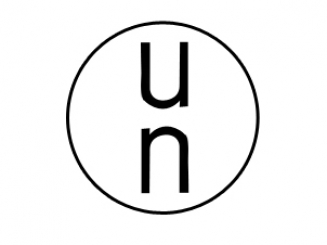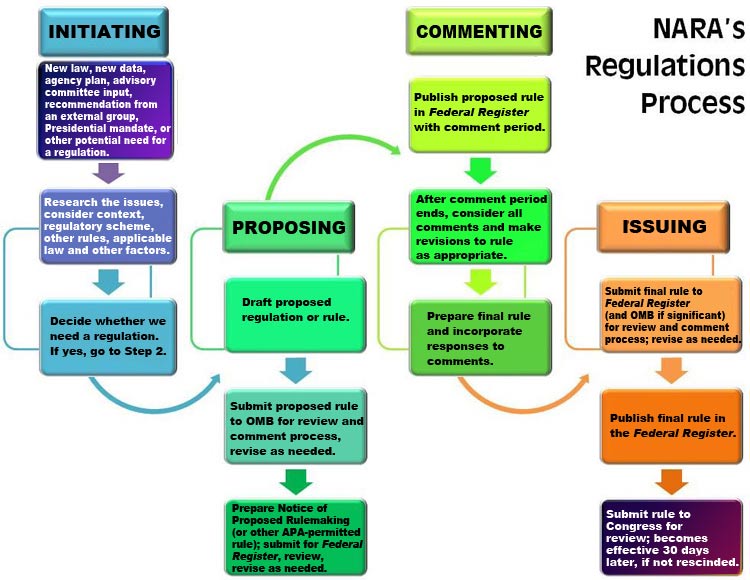HM-215N Rescinded - What it Means to You
16th Feb 2017
United Nations Committee of Experts Recommendations Transport Dangerous Goods 19th Revised Edition / Amendment 38-16 International Maritime Dangerous Goods Code / 2017 – 2018 Edition International Civil Aviation Organization / 6th Revised Edition United Nations Manual of Test & Criteria / 6th Revised Edition of the Global Harmonization System / Canadian Transport Dangerous Goods / HM-215N

Wow! What a show! Ever wonder what the UN symbol on our packaging represents? Yup, the United Nations. There
is a group at the United Nations called, The Committee of Experts on the Transport of Dangerous Goods. These really smart people at the United Nations establish consistency between all member countries, and develop mechanisms for the harmonization of hazard materials criteria and hazard communication tools worldwide to include transport conditions for all modes of transport Air, Ground, and Ocean. They lay down the international gold standard for the transportation of dangerous goods.

The UN publishes what’s referred to as the Orange Book (Modal Regulations) and The Manual of Tests and Criteria. These books lay down all the requirements for transporting hazardous materials, Marking, Labeling, Documentation, Packaging. If it has to do with the transportation of dangerous goods we can find it here.
A couple of other players in the game are the International Civil Aviation Organization (ICAO) who govern the transportation of dangerous goods internationally by air and The International Maritime Organization (IMO) they govern the transport of dangerous goods internationally by ocean. Both ICAO and the IMO are agents of the United Nations. Another relative newcomer to the field is the Globally Harmonized System (GHS) also an UN agent – they regulate hazardous materials in the workplace.
Okay we’re all set. Everybody around the world working with the same set of rules to transport our dangerous goods and hazardous materials (only in the United States do we call them hazardous materials). In the middle of 2015 the UN published the 19th Revised Edition of the Modal Regulations and 6th Revised Edition of the Manual of Tests and Criteria and the 6th Edition of the GHS manual.
ICAO, The IMO, expeditiously incorporated the new changes into their respective regulations which were released in the fall of 2016 with compliance dates of January 1, 2017. Changes you say……
So all member countries of the UN are well aware of the impending changes. Not only are they aware, they, including the United States helped draft the new changes. Some of the significant new changes include;
- 1)Proper Shipping Names & UN Numbers for Engines
- 2)New communication requirements for Lithium Batteries
- 3)New entries for Class 4.1
- 4)New entries for Resin Kits
- 5)A slew of new Special Provisions and
- 6)Changes to Training, Marking, Labeling, and Documentation
So where does this leave us? The United States helped write these new changes right? But now we also have to incorporate these new changes into our own regulations primarily our American law, the Code of Federal Regulations, Title 49CFR which is published annually. Easier said than done. Remember your high school Government 101 class? How does a bill become law? Talk about a regulation process…..
I remember committees, both houses of congress, signed by the president, veto power, I don’t remember anything about the Federal Register. Apparently the Office of the Federal Register carries a whole lot of weight throughout the rule-making process as a bill develops into law.
The Federal Register Act was passed in 1935. It brought together the Archivist, the Government Printing Office, and the Attorney General. Since then it has morphed into the catalyst or gatekeeper of new bills as they develop legs and learn to navigate through congress.
Enter HM-215N. The same office within our American Department of Transportation, (Pipeline and Hazardous Materials Safety Administration) also known as PHMSA or “Fimsa” who helped write the new international standards at the United Nations on September 7, 2016, published a Notice of Proposed Rule Making (NPRM) HM-215N.
The NPRM is one of the first steps in our incredible rulemaking process. It gets submitted to Office of Management and Budget (OMB) for review and comment process, published in the Federal Register with the advertised comment period, and after the comment period the Final Rule is prepared based on comments received and responses to those comments. After all that the Final Rule is submitted to the Federal Register for another review and revising as necessary before being published in the Federal Register. Freeze!
This is exactly where we were on January 17, 2017 when PHMSA sent the Final Rule to the Office of the Federal Register for publication after which it would’ve be reviewed by congress and effective 30 days thereafter if congress hadn’t rescinded it. Dead in the water. On January 22, 2017, a presidential executive order was signed freezing our federal government. This included Final Rule HM-215N which was waiting to be published in the Federal Register.
Are you kidding? Our entire industry was put on notice last year concerning the significant changes to ICAO, IMDG, and NPRM HM-215N. New Labels, New Software, New Packagings, New Documentation, I can’t imagine the gazillions of dollars that have been spent preparing for these international regulation changes.
There are provisions in 49CFR, Sections 171.22 – 171.25 which authorize us to use international regulations when shipping or transporting hazardous materials to, through, or from the United States. One problem, these sections reference the outdated international regulations. So essentially the United States is stranded on an island all by ourselves. The rest of the world is operating on current up-to-date regulations and we’re operating on last year’s edition of 49CFR.
The Department of Transportation knows we’re in a quagmire. Their hands are tied. There is no written guidance for us Americans on how to proceed. Chances are your Engines, UN3528, or your Lithium Batteries with the new Mark, or any of your shipments compliant with new 2017 international regulations but not with 49CFR will be allowed to pass without violation. The stage is too grand - think about all the shipments prepared internationally coming into the United States.
Hopefully in very short order our federal government will recognize the strain, stress, and confusion, this freeze has put on the transportation industry and expedite HM-215N through the Federal Register and the rest of the rulemaking process.
DGI Training


